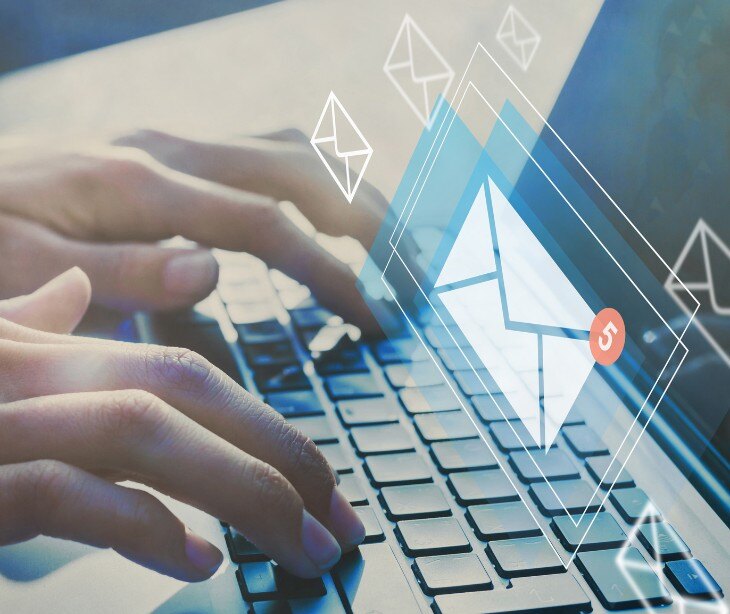2 min read
How to use email as a medium for developmental progress updates
Kirsten Peremore
April 12, 2024

When considering using email as a medium for sharing developmental progress updates, there are numerous ways that HIPAA compliant email can benefit both patient and provider.
What are developmental progress updates?
Based on a recent article developmental milestones are defined as: “Developmental milestones are a set of goals or markers that a child is expected to achieve during maturation. They are categorized into 5 domains: gross motor, fine motor, language, cognitive, and social emotional and behavioral. Understanding and identifying the developmental milestones can help the provider more adeptly recognize delayed development, facilitating earlier interventions and improving outcomes.”
Developmental progress updates for children are regular assessments that track a child's growth and milestones across various areas such as development indicators. These updates are commonly conducted by parents and healthcare professionals to make sure that the child is meeting age appropriate goals and to identify any potential areas of concern early on.
Why email makes updates easier
Common issues with communicating and maintaining records of childhood developmental progress reports for pediatricians and general practitioners include time constraints and communication challenges. Parents and caregivers don't always have time for frequent visits or more traditional forms of communication. There is also the difficulty with string physical copies that leaves the reports open to being lost before the critical developmental period is over. Studies show that interventions at an early age can have sustained cognitive benefits, suggesting the benefit of having accessible and easy to use methods of communicating.
Email, however, offers a solution to these challenges by providing a convenient and efficient means of communication. Emails can be sent instantly, allowing healthcare providers to share updates on a child's progress in real time, without the need for physical meetings or extensive paperwork. This efficiency also allows healthcare providers to share multimedia content, such as images or videos, to provide a more comprehensive understanding of the child's progress.
See also: Supporting ABA therapy through HIPAA compliant emails
How to create a developmental progress communication strategy using HIPAA compliant email
- Choose a HIPAA compliant email provider: Choose an email service known for security and willing to sign a business associate agreement (BAA).
- Develop standard operating procedures (SOPs): Create clear guidelines for how reports will be compiled, encrypted, and sent. Include protocols for verifying recipient addresses to avoid misdirected emails.
- Obtain explicit consent: Before sending any reports via email, obtain explicit written consent from parents or guardians, clearly outlining what information will be shared.
- Parental preferences survey: Conduct a survey to understand parents' preferences for receiving information, including frequency of updates and areas of focus, tailoring communication to meet their needs.
- Use templates for consistency: Design report templates that are clear and consistent, making it easier for parents to understand their child's progress.
- Personalize communication: Whenever possible, personalize the email communication with the child's name and specific achievements or areas of progress, making the reports more engaging for parents.
- Accessible formats: Make sure reports are accessible, including formats that are mobile friendly and compatible with screen readers for visually impaired parents.
- Interactive elements: Explore options for including interactive elements in reports, such as clickable links to videos or activities that parents can do with their child to support development.
See also: Using HIPAA compliant email to provide pediatric support
FAQs
How often should I send email updates to parents?
The frequency of email updates should be determined based on the child's individual needs, the parents' preferences, and any guidelines set by your organization.
What should I do if a parent doesn’t respond to an email update?
If a parent doesn’t respond to an email update, follow up with a reminder email after a reasonable period. If there’s still no response, consider reaching out through another method, such as a phone call, to make sure they received it.
How can I ensure that the email content is accessible to all parents?
To ensure accessibility, use simple and clear language in your emails and avoid technical jargon. Offer the content in multiple formats upon request (such as large print or audio format for visually impaired parents).
Subscribe to Paubox Weekly
Every Friday we'll bring you the most important news from Paubox. Our aim is to make you smarter, faster.




